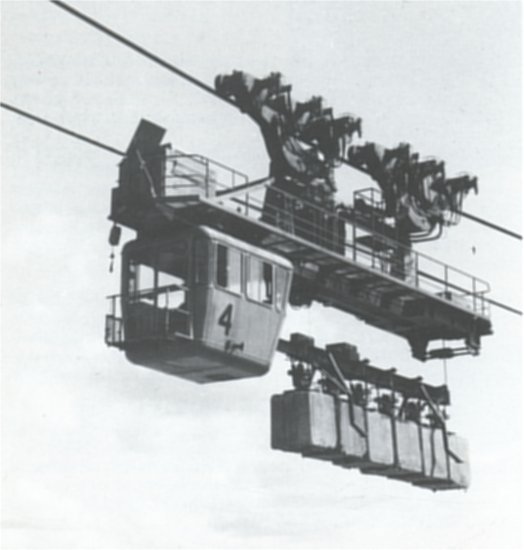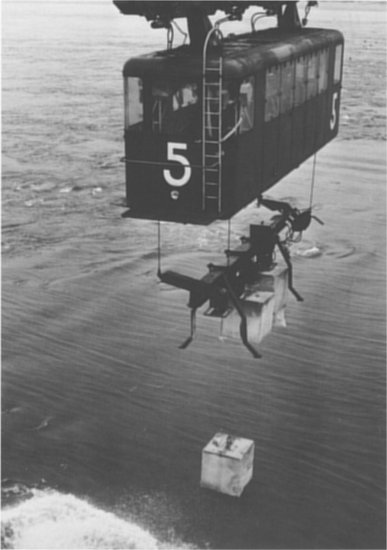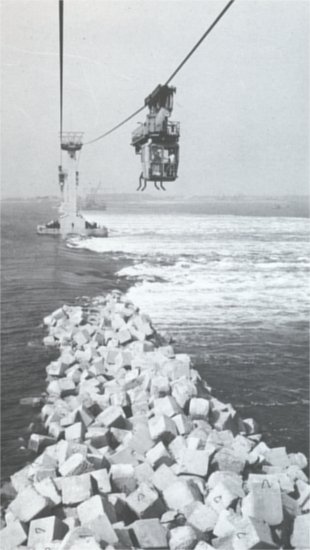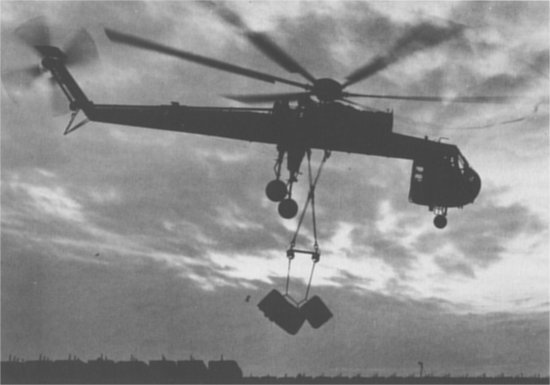
History of
sub sea rockdumping
sub sea rockdumping

|
History of sub sea rockdumping |

Ville 
Ham 601 
Frans 
Tertnes 
Pompei 
Jan Steen 
Rocky Giant  Sandpiper  Rocknes  Cetus  Ram  Pados  Zeepaard  Arca  Govert |
History
If you do not know the history, you can't tell about the present. So before we go into the fall pipe technique, let’s look back into the past. The rock dumping profession is a typical part of the Dutch civil engineering industry with a rich history. From the Romans it is known that they taught us how to build dikes for protection against the seas. These dikes were made of clay, later wooden constructions were added. That's how pile dikes were born. But the great shipworm ate the wood away. So then started the addition of rocky material to protect the clay dikes. The oldest descriptions of mattresses are from the sixteenth century, they were made from brushwood and were sunk to protect sub sea constructions (locks, bridge foundations, toes of dikes, water pump stations, breakwaters, groynes against scour) and as foundation for dikes. In order to ensure that mattresses stayed in place they were ballasted with rocks. The rocks were supplied on barges and manually dumped on the floating mattress. By continuously dumping the rocks, the mattress disappeared to the seabed. Because Holland does not have rock, it had to be supplied from abroad. Therefore later phosphorus slags and steel slags were used also. Also embankments were made of rock. In the years of the construction of the Deltaplan, minestone was used for this purpose. In this period mechanical dumping of rock was developed. Various techniques were created, each with it's own advantage and disadvantage. The first mechanical rock dumper was a roll dumper designed by the Dutch Rijkswaterstaat. Understandably called "SteenstorterI", which means translated "RockdumperI". Built in 1959 and first used at the closing of the Veerse Gat in 1959. By means of tipping skips the rock was dumped. By means of rotating rollers the rock was gradually dumped. When this ship was sold it was bought by ACZ and destroyed to avoid that one of the competitors acquiring it.... ACZ has played an important role in the development of mechanical rock dumping. The first ACZ rock dumper was the "Pieter" (1965, 700 tons). Then the "Avelingen (1969, 500 tons) and the "Frans" (1973, 1000 tons) followed. In 1978 the Grete Nielsen (1972, 1500 tons) was purchased and converted into the side stone dumping vessel "Rocky Giant" (3500 tons). The "Jan Steen" (1986, 2650 tons) was the last one. These were all skidding side stone dumping vessels. But the competitors were not idle either. Van Oord Utrecht had the rock dumping vessel"Govert" (in 1966 converted from a barge into a side stone dumping vessel). The "Govert" has been converted into a crane barge and is as such still operational. Zincon had the 'Cetus' (1968, 1400 tons) and the 'Taurus'. The "Noordzee" (1978) was a skidding side stone dumping vessel. During operations on 22 November 1979 it dramatically sunk near den Helder. Five adults and one child drowned. Also the "Waddenzee" was a skidding side stone dumping vessel. Do you know what happened with it? Please let us know because we lost track of it. Dekker Papendrecht had vibrating side stone dumping vessels "Steenbok" and "Ram" (450 tons). The "Steenbok" is not operational anymore. Ballast HAM has side stone dumping vessel "HAM 601" (1983, 1000 tons). L. Paans from Werkendam developed the "Pados" (1980, 112 ton) an extraordinary one. The "Arca" (1981), built as anchor handling tug, was converted to a side stone dumping vessel in 1988. The "Cetus" (1400 tons), "Arca" (700 tons), "Lauwerszee" (690 tons) and the "Ram" (450 tons) are currently owned by Boskalis. They have also two fallpipe barges, called "Zeepaard" and "Zinkoon VI". The "Libra" and the "Norma" were initially designed and built for placing concrete blocks to build the Europoort breakwaters. Later the "Libra" has been operational as a side stone dumping vessel. The "Norma" has been converted into a workvessel and is now in possession of Scaldis. It was not really a floating vessel, but Smit Taks "Screeding" was a unique tool to smooth a previously installed gravel layer. Interested? Open a PDF document at www.mbt-concrete.com And have you ever heard of the Trias ? A barge with a big crane on tracks. At the bottom of a tiltable pipe a bucket was mounted. This was filled with rock on deck with a shovel. Thereafter the tube was lowered into the water and the bucket was opened on the intended position. In this way rock was not dumped but accurately placed. It was applied for dumping a protection layer around the Oosterschelde storm barrier. You thought that rock dumping was a typical Dutch profession? Wrong. The "Pompeď" (1988, 1850 tons) is a skidding side stone dumping vessel owned by the Belgian Jan de Nul in joint venture with the Belgian Herbosch-Kiere. The "Atlantis" (1997, 2000 tons) is a side stone dumping vessel of the Belgian Herbosch-Kiere The "Ville" (500 ton) is a side stone dumping vessel of the Finnish/English company Sillanpaa Back to the developments of mattresses. Because of the great shipworm and the vast quantities that had to be fabricated, mattressess without brushwood and with fixed ballast were developed. These integrated constructions consisted of protection material and ballast. The following principles were developed:
In 1972 trials were performed to dump concrete blocks by means of a "Sikorsky" helicopter. Early 70's the first offshore rock dumping projects were carried out with the "Frans". In the beginning mainly rock was dumped around platform legs. Later also pipelines were protected with rock with the "Rocky Giant". Because of the increasing water depths it became more and more difficult to dump the rock precisely on the correct position. Also the increasing quantities induced to look for alternative equipment : fallpipe vessels. The first fallpipe vessel that appeared on the market was the "Seaway Sandpiper" (1971 18000 tons). It was converted from a bulk carrier to fallpipe vessel in 1978. Presently it is called "Sandpiper" and in possession of Boskalis. Also on the fallpipe market ACZ, and later Van Oord ACZ, has played an important role. In 1985 the Trollnes (8000 tons) was converted from a self-unloading bulk carrier to fallpipe vessel. In 1991 the "Rocky Giant" was converted to fallpipe vessel. In 1992 the "Tertnes" (10000 tons) followed. Even the "Jan Steen" was equipped with a fallpipe installation. But the competitors were not idle either. Tideway has the "Rolling Stone" (12000 tons). Deeprock (a joint venture of Boskalis and Tideway) put in 1999 the "Seahorse" (18000 tons) on the market. In 2003 the Rocknes (24.000 tons) was converted to a fallpipe vessel by Van Oord ACZ. The "Rocknes" capsized in 2004 in Norway. 18 colleagues lost teir lives. Since 2005 the "Rocknes" is operational again as "Nordnes".
|

Brushwood
mattress 
Ballasting mattress 
Cable car 
Cable car 
Cable car 
Sikorsky dump trial 
Avelingen 
Pieter and SteenstorterI 
Atlantis 
Seahorse  Rollingstone  Trollnes  Nordnes  Libra  Ham602 |